Nathan sends this message via Facebook:
Hello Jayme I’m not sure where I should ask you just question, hopefully you’ll read it here. I’ve been playing bass in the worship team in church for 2 years now and I absolutely love it. We have a worship evening every month with 15 to 20 songs, but the team is no wear near as professional and ‘official’ as the music teams in bigger churches. we often have different musicians and often not even a drummer. Playing without a drummer in a live environment is so hard and I was hoping you could give me some tips on how to better approach this? I’d really love it if you read this and had an answer or maybe a video that already exists that you can reffer me to. Thanks! Nathan
Great question Nathan! Believe it or not, one of my favorite things is to perform without a drummer, or perhaps even with a stripped down kit (i.e. snare and brushes only). It gives me a chance to really stretch out rhythmically, since there’s no one holding down the fort. Chances are that it also gives me a chance to step out melodically or harmonically as well, because if the drum kit is missing then I bet there’s fewer melodic/harmonic instruments on stage as well.
But I’ll put it this way: everything that you and the drummer are responsible for as a team, as the rhythm section, still applies to these types of situations. Things like kick patterns still matter, even though there’s no more kick. Now it’s up to you alone to make that happen. Paying attention to note lengths still matters even though there’s no cymbals to follow. It’s your job to make those decisions in their absence. I could keep going, but really I recommend that you watch my series on groove called How to Get Hired. All of those principles still apply to whatever playing scenario you’re in, regardless of whether or not the drums are present.
That’s the cookie-cutter answer. Now for the fun stuff!
Try playing with more ghosted notes to imply what a drummer might be doing between his/her snare and hi hat. Maybe switch your technique from straight finger-style to more of a thumb/fingers hybrid where your thumb “thumps” the kick pattern and your fingers “pop” the snare or ghosted notes (not necessarily in a slap way, but just to give the two sounds a different timbre). Try playing more rhythmically complex. Try playing more rhythmically simple. Try not playing anything at all! The cool thing about these stripped-down settings is that the really invite another band member to the stage; space. The sound of the room itself is now a part of your music making, since there’s no longer a giant gorilla bashing into various sizes of bronze and animal skins with wooden clubs, so the sound of the room – the space, the silence, the echo, the reverb, the intimacy – is much more audible now (to you and your audience). Don’t forget that this is also a tool at your disposal when playing this kind of music.
Remember also that you can encourage your other players to help fill this role as well. Your acoustic guitarist can strum a bit more, or accent 2 and 4 or fingerpick… The pianist can play in higher registers to sustain chords that your guitarist and singers cannot reach. The sky really is the limit here, so I’d advise you to use your ears and follow where they lead you.
I hope that helps Nathan. Please don’t hesitate to ask if you have any questions at all and I’ll do my best to ellaborate. And to everyone else – if this is a topic you’d like to see turned into a video, please let me know! I’ll make it happen if it is requested enough times. Thanks again and take care Nathan!
Jayme

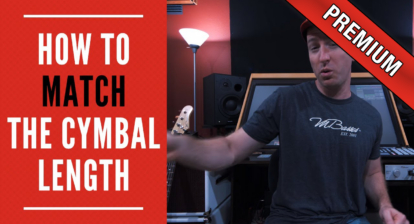
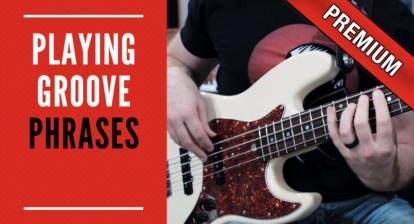
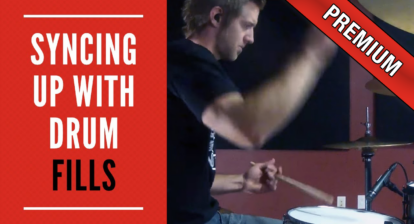
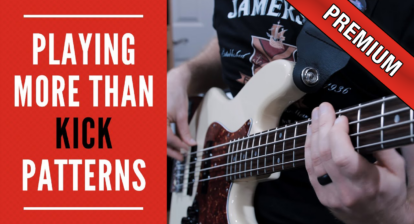
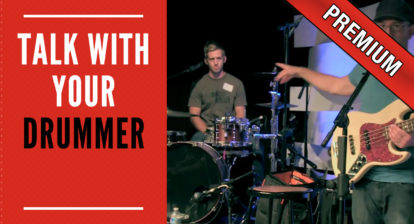

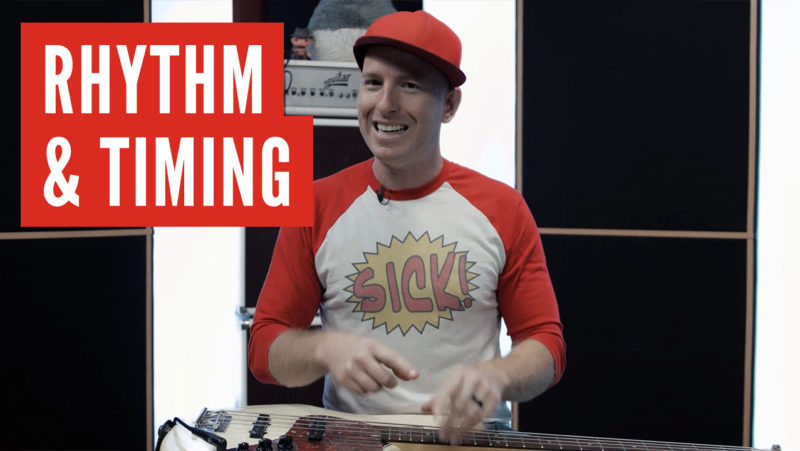
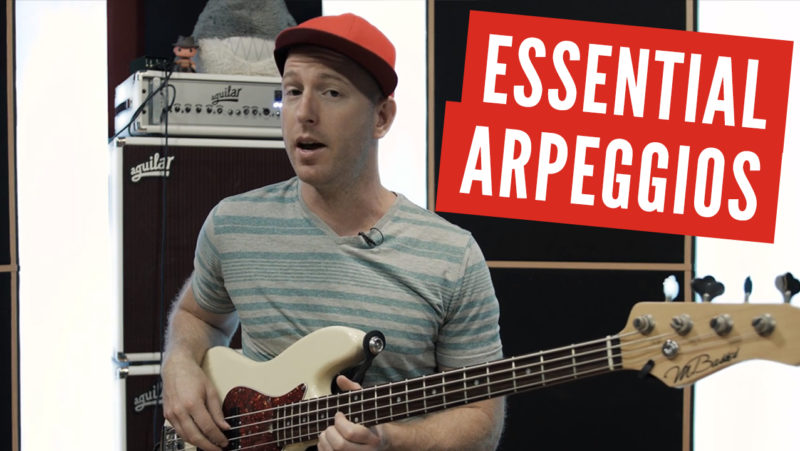
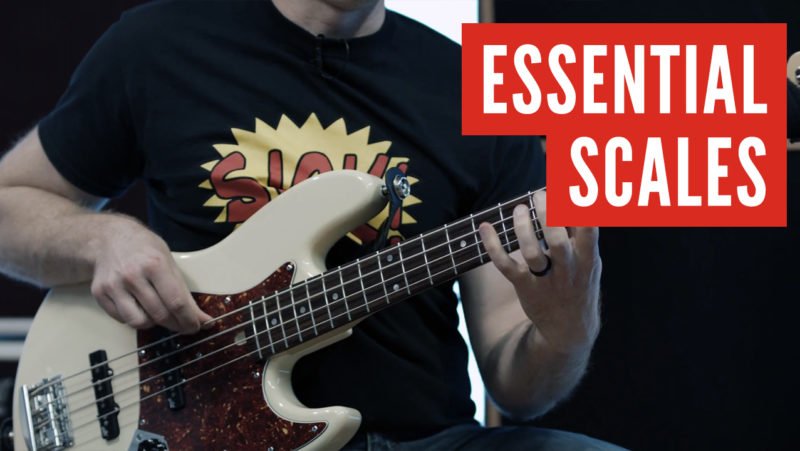
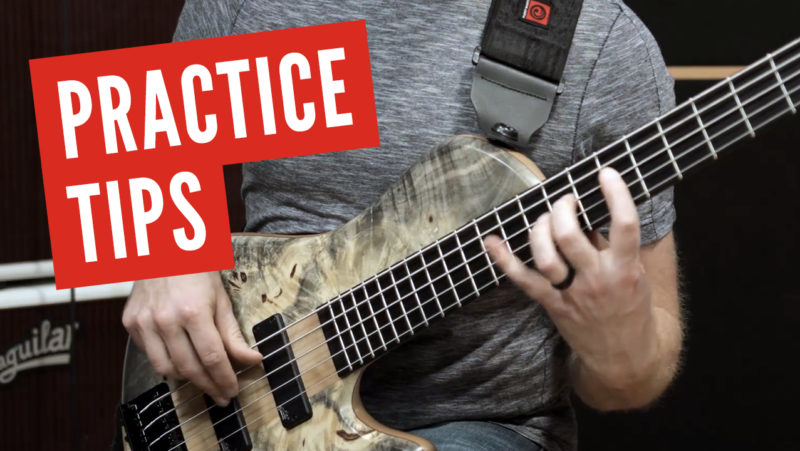
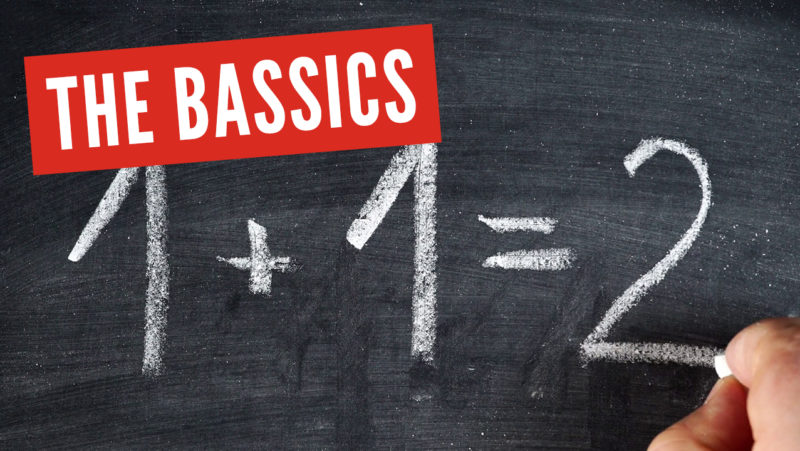
Behealthis.Com
The guys I play with never have a drummer. I like this, I will practice this. Thanks for all your lessons.
Chris Wenkle
Greetings Jayme
Like Nathan, I too play on a worship team. Several of them actually, and I’ve been at it for well over 30 years. When the drummer doesn’t show, I try to key in (as you mentioned in your response) to the rhythm guitar player or keyboard player. Ghost notes work great on upbeat songs to help drive the beat, but slower songs need space to breath. On those types of songs I use a lot of roots and sustains and keep things simple. Basically with no drummer, I don’t disappear onstage, but just try and compliment whatever instruments and vocals are present.
Cheers for now
Chris
Jayme
Love it!